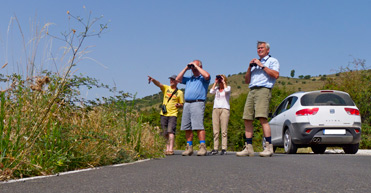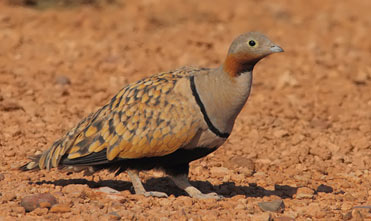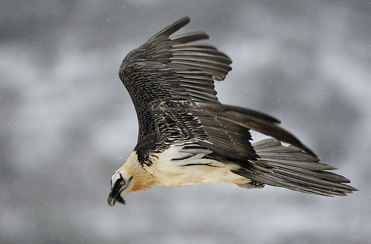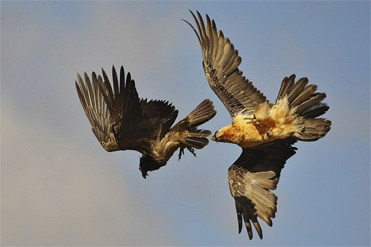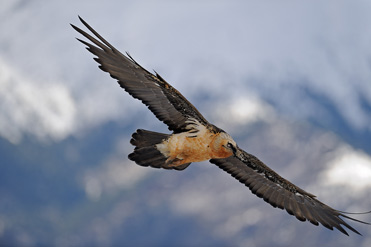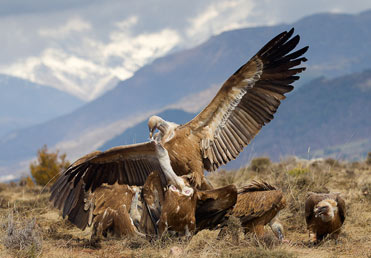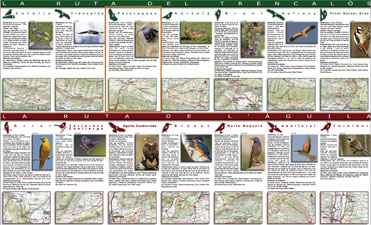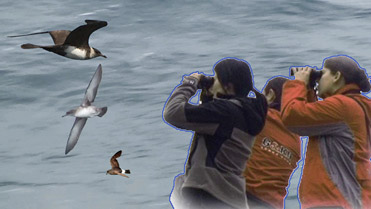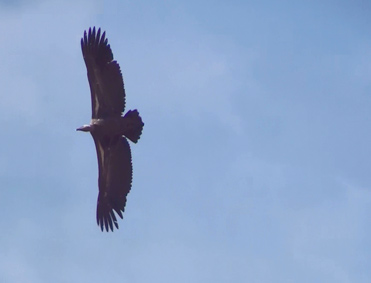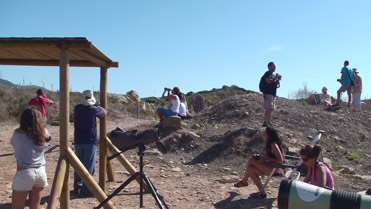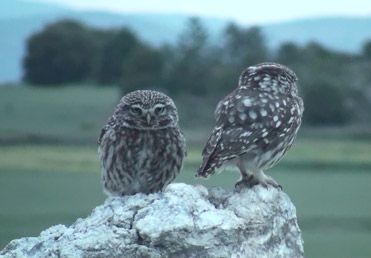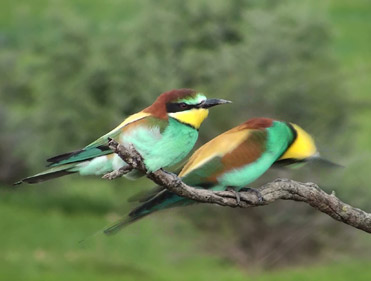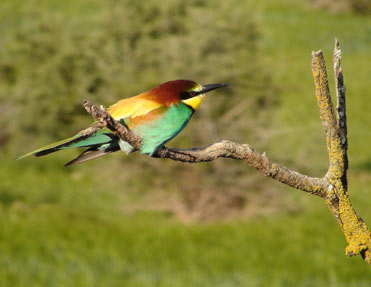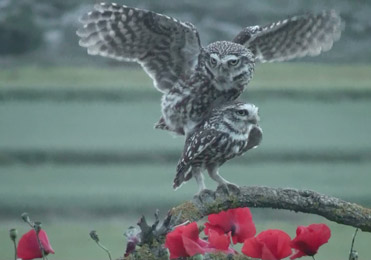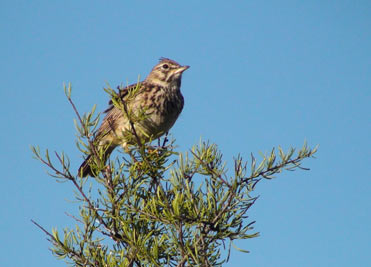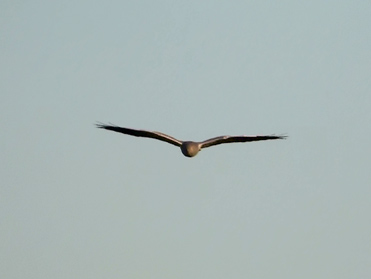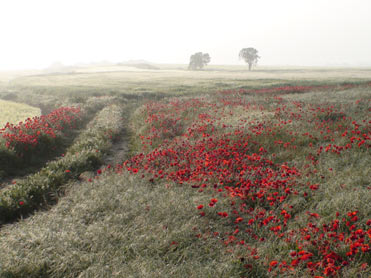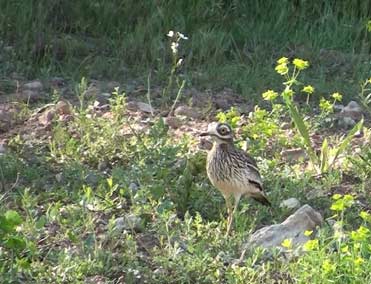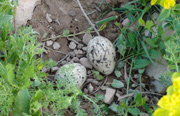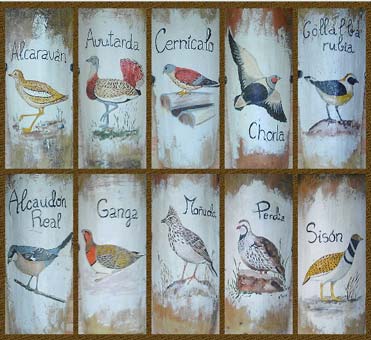Barcelona birdwatching tour
Are you a birder thinking of birding in Spain while visiting Barcelona? You might have considered organizing a Barcelona birdwatching tour, so you can go birdwatching around Barcelona for a day or two.
And then your desire for birdwatching might have taken you further. You will have surely heard about birding the steppes of Spain, and then could be tempted to add the steppes and plains of Lleida, Huesca or Zaragoza to your personalized birdwatching tour.
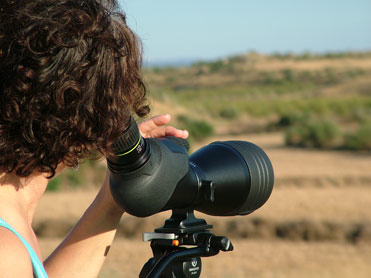
And then if the birdwatching tour has taken you to the steppes it would be a shame to miss out birdwatching in the Pyrenees, wouldn’t it? After all, the Pyrenees are not far from the steppes and offer some great birdwatching opportunities. So now on your birdwatching tour of Catalonia and northeast Spain you could include one of the beautiful national parks of the Pyrenees – Aigüestortes National Park in Catalonia, or Ordesa National Park in Aragón. These birding sites are ideal places for enjoying the most spectacular mountain scenery, but many there are many other places for birdwatching where you can bird for special alpine and forest birds.

OK. So now we have a birdwatching tour starting in Barcelona and visiting the steppes and the Pyrenees. And what about birdwatching in the Ebro Delta? No birdwatching tour in this part of Spain would be complete without birding in the Ebro Delta for a surprising array of wetland birds.
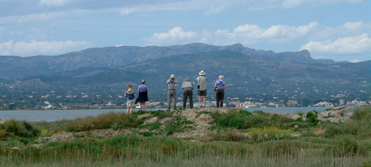
This sounds like a brilliant birdwatching tour, but there are some problems. Firstly, what would be the ideal route for such a tour? What particular itineraries should be planned into this birdwatching tour to encounter the greatest variety of birds, and to guarantee some of the rarer or more localized birds? Well, that’s where we at Birding In Spain can help.
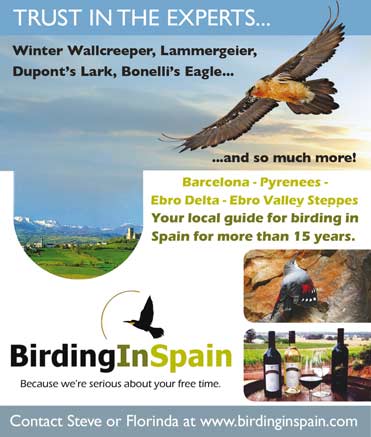
Secondly, how are we going to allocate ourselves enough time to do this birdwatching tour enough justice? Ah – now that’s something you have to work out for yourself.

